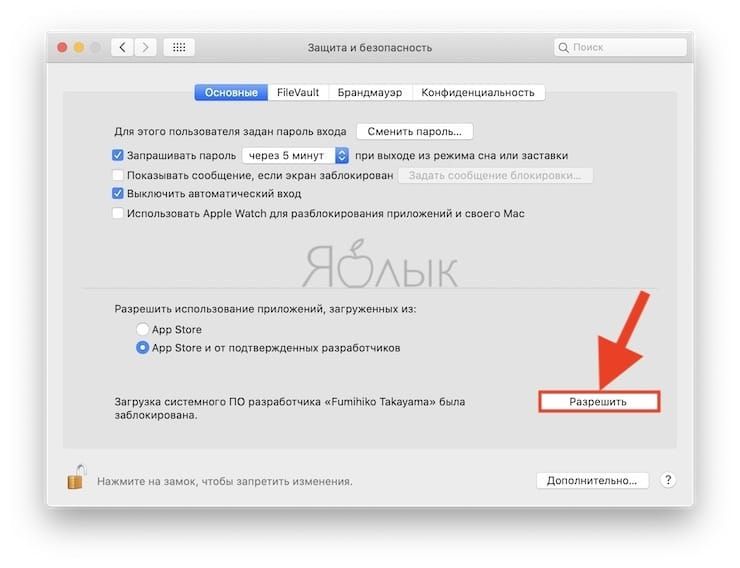

I really like the simplicity of on-hardware reprogramming despite the limitations and the build quality is great. Outside of that keyboard, I use a trio of vortex boards: vibe, core, and racer3. Overall, I really like the ortholinear setup but I do find my muscle memory is still needing some training with it. I’ve been trying various QMK customization but I’m a little unhappy with some of the default behaviors I have to override in QMK, so I’ll probably need to spend time over a coming weekend to dig deeper. I recently built a planck (MIT layout, kit finally shipped via Massdrop from January). This helps when I am on some other person’s computer. Putting my fingers on the home row automagically switches my mental mapping to colemak while positioning my index fingers over “k” and “d” in qwerty keyboards makes my hand start typing in qwerty instead. Side note: Not having touch-typed with all fingers before was an advantage. I love the extra backspace instead of caps-lock.

Some people claim that replacing hjkl by enio in vim helps their case, but I keep things as vanilla as possible. I don’t use any customizations other than changing the keyboard layout. I try to prioritize accuracy over speed - I did get a little more precise with pressing the keys after switching - but that can be primarily attributed to learning touch-typing and positioning my fingers on the home-row I can currently type at around 80wpm steady and haven’t bothered trying to type any faster. It took me around 2 weeks to get to ~20wpm and after a month or 2 I hit 60-70wpm. I switched to Colemak in the first few months of my masters where I had a few light weeks when I could switch cold turkey. However, I realized the pain was due to my unusual finger positions while using E and R. I initally blamed it on Emacs and switched to using a folded-in thumb for pressing control instead of my little finger(something I follow till date).

My unconventional typing style lead to intense, persistent pain between my left ring and middle finger knuckles while writing up my undergrad project reports. I used to type around 60wpm in QWERTY - used only 3 fingers on each hand. I speechify too much.)Įdit: Found an old comment of mine that may more accurately represent my initial reaction (after 2 years) has more speechifying about chairs and stuff. You get a chair for sitting on, then a desk that suits your body on that chair. The shoulders are tightly connected to your hands. The same applies to your chair and desk, because your body is one. You should ignore the first sentence in this paragraph and focus on the second, because the brand name isn’t important, how your body reacts is vastly important. Because it keeps me from moving my hands much while I type, and keeps me from looking at the keyboard, and I like the feeling of the keys. I currently use an 88-key unlabelled WASD with dampening o-rings. I admit to a certain arrogance about it.Ī colleague and I bought and tested about 10-15 keyboards, including some very expensive specials, and the ones we ended up using weren’t the most expensive one, which probably would get you into trouble with the bookkeepers if you were to try it. Don’t let anyone at you with a knife.” It’s served me well. He spoke cluefully and I’ve followed his advice in the decades since. A friend in his department just brought me along. But as luck would have it, that office was in a… well, not in a hospital, but on campus, so got to see a real specialist quickly. Two keyboards with different layouts on different desks, changing between them every few minutes, a terrible project, and some ungood stress out of the office. Prelude: I worked myself into a state where I needed a two-hour break after about twenty minutes of keyboarding.


 0 kommentar(er)
0 kommentar(er)
